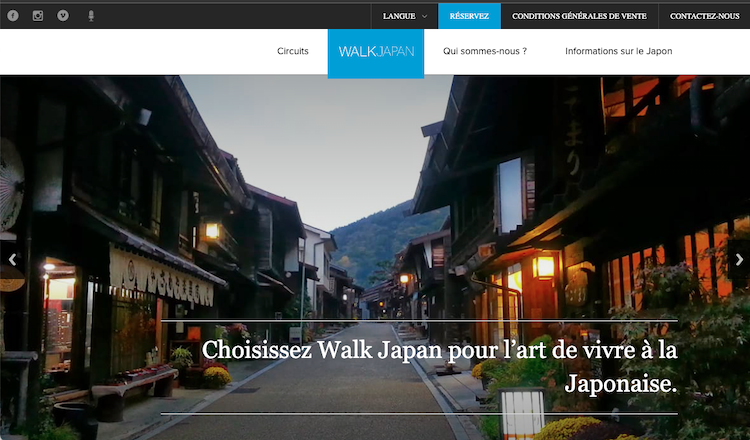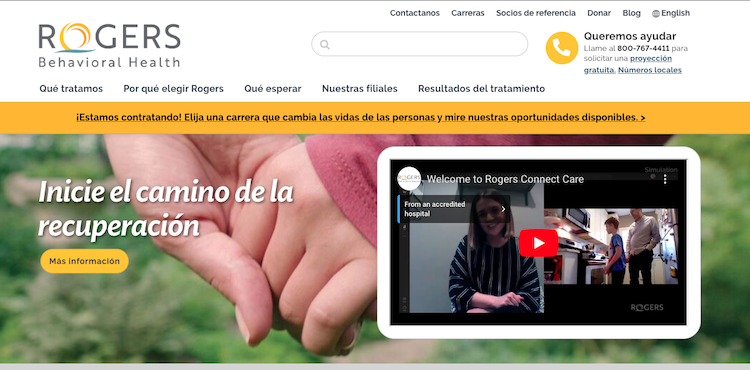
The Future of Business is Multilingual: Why Your Website Needs to Speak More Than One Language
This is where a multilingual content management system (CMS) comes into play.
In this article, we'll explore the following:
- Why your company needs a multilingual CMS
- Clarification of the term "localization" and its relation to multilingual CMS
- Unlocking global opportunities with a multilingual CMS
- Challenges associated with a multilingual CMS
- Key takeaways
What is a multilingual content management system?
A multilingual CMS is a specialist platform or software that enables businesses to create, manage, and distribute content in multiple languages.
Multilingual, Internationalization, Localization, or Translation?
While these terms are often used interchangeably, it's important to understand their distinctions. Internationalization includes localization, which involves translation. To delve deeper into this topic, you can read our article on "How to translate your website right."
Using a multilingual CMS helps you with managing multiple sites that may involve various languages and makes it easier to communicate with diverse audiences in different cultures and regions.
Multilingual content management systems are one of the most useful business tools for global companies as they enable them to efficiently create, manage, and deliver localized content to their international audience, ensuring better engagement, customer satisfaction, and revenue growth. This helps your business to effectively communicate, engage, and succeed in global markets beyond English-speaking audiences.

Unlocking global opportunities with a multilingual content management system
Using a multilingual CMS helps you with managing multiple sites that may involve various languages and makes it easier to communicate with diverse audiences in different cultures and regions.
Here’s some key reasons why your company needs a multilingual CMS:
Expanding your reach
English may be the primary language for web content, but limiting your website to just English can significantly restrict your reach in global markets.
In 2022, China accounted for about one-fifth of the 5.3 billion internet users worldwide.
As English-speaking markets become saturated and competition intensifies, gaining a foothold in emerging regional markets can give your company a significant advantage over your competitors.
Enhancing user experience
Implementing a multilingual CMS goes beyond providing content in multiple languages. It allows you to create language-specific content tailored to the unique needs and preferences of different markets and cultures. Additionally, there are small things you can do to further improve user experience, such as incorporating personalized user dashboards, intuitive navigation, and quick access to important documents and resources for multilingual intranets. Collaborative tools, such as discussion forums, project management systems, expense management software or integrate with a with sales CRM.
By partnering with Macareux Digital, Walk Japan saw a dramatic improvement in trust and security, resulting in increased customer satisfaction and improved website availability and display speed.

By paying attention to these details and incorporating enhancements, you can elevate the user experience, leading to improved employee satisfaction, increased productivity, and better customer relationships.
Ensuring that meaning and messaging are retained during translation
Localization involves respecting local culture and customs, modifying user interfaces and displays to accommodate local dialects, using appropriate date and currency formats, changing imagery and color schemes to adapt to local expectations, and adjusting content to be more relevant to local audiences. It is essential for businesses to consider all elements that may come into contact with potential customers, local employees, and business associates when localizing. This scope includes websites, apps, user manuals, marketing content, and product packaging.
Increasing user engagement
User experience is a critical factor in the success of a website.
A multilingual CMS, integrated with human resources portals, allows you to deliver content in the language that your target audience is most comfortable with.
Integrating human resources software with your multilingual CMS further enhances the user experience by enabling the creation and management of localized content related to HR policies, employee onboarding, training materials, and other HR-related information in multiple languages. This ensures that your international workforce can access critical HR information in their preferred language, promoting clear communication and understanding. When visitors can access content in their native language, it creates a personalized experience that resonates well. By offering content in multiple languages, you can provide a website experience that directly addresses the cultural and linguistic nuances of your audience, creating a sense of familiarity and relevance that increases the likelihood of visitors staying on your site and taking desired actions, such as making purchases, submitting inquiries, or signing up for newsletters.
Improving brand consistency
Maintaining consistent branding is crucial for building a strong brand identity, regardless of the language in which your content is presented. A multilingual CMS allows you to ensure that your brand message, tone, and style are consistent across all languages - resulting in a cohesive brand image. Choosing the best CMS system is essential to achieving this goal.
By utilizing a multilingual CMS, you gain the ability to effortlessly manage and uphold brand assets such as logos, taglines, colors, and fonts across the various language versions of your website. A great example of this can be seen in the branding practices of Rogers Behavioral Health case study, which consistently maintains its brand identity across different languages.

Elevating search results
Improving search engine rankings is crucial for the success of your website. When your web page appears higher in search results, it significantly increases the chances of your target audience finding it first, which directly impacts your sales and business growth.
It's worth noting that major search engines are now capable of conducting searches in foreign languages, allowing you to tap into global markets. By utilizing a multilingual CMS that seamlessly translates your website content, you can optimize your website for local search engines. An excellent example of this is Respirex International, which effectively managed its product catalog in multiple languages using the built-in multi-language features of Concrete CMS. This implementation resulted in enhanced customer engagement and significant growth in international markets.
To learn more about Respirex International's success story, you can read the case study here:
Concrete CMS Case Study: Respirex International
Challenges of a multilingual content management system
It wouldn't be fair to discuss the benefits without acknowledging the challenges. Here are some challenges associated with a multilingual CMS:
- Complex workflows: Collaboration among teams responsible for different languages can be challenging, especially when working across time zones and language barriers. Coordination and communication can become complicated, leading to delays, inconsistencies, and errors in content creation, translation, and publishing workflows.
- SEO issues: Optimizing content for search engines in different languages and regions requires understanding local search behaviors, conducting keyword research, and following SEO best practices in each language. To successfully navigate potential SEO localization issues, it's important to carefully plan and consider linguistic and cultural nuances that may affect keyword choices. Correct usage of hreflang tags to indicate the language and regional targeting of each page is also crucial. Conducting thorough quality assurance checks ensures that the localized content is accurate, culturally appropriate, and free of errors or inconsistencies.
- Technical knowledge: Implementing a robust content management system requires a certain skillset. A multilingual CMS also requires technical expertise in configuring language settings, managing language-specific URLs, handling character encoding and font issues, and integrating with third-party translation services or other localization tools.
Key takeaways
With numerous businesses competing for attention online, gaining traffic and retaining sales is not always easy. Implementing a multilingual CMS helps your company with:
- Expanding market reach
- Enhancing user experience
- Increasing user engagement
- Improving brand consistency
- Elevating search results
With a multilingual CMS implemented correctly by the appropriate expertise, your business benefits by having your content available in various languages.
This means you are one step ahead of your competition with more opportunities to reach new global audiences.
Sources:
Lingoport. (n.d.). What is Localization? Lingoport. Retrieved from https://lingoport.com/what-is-localization/